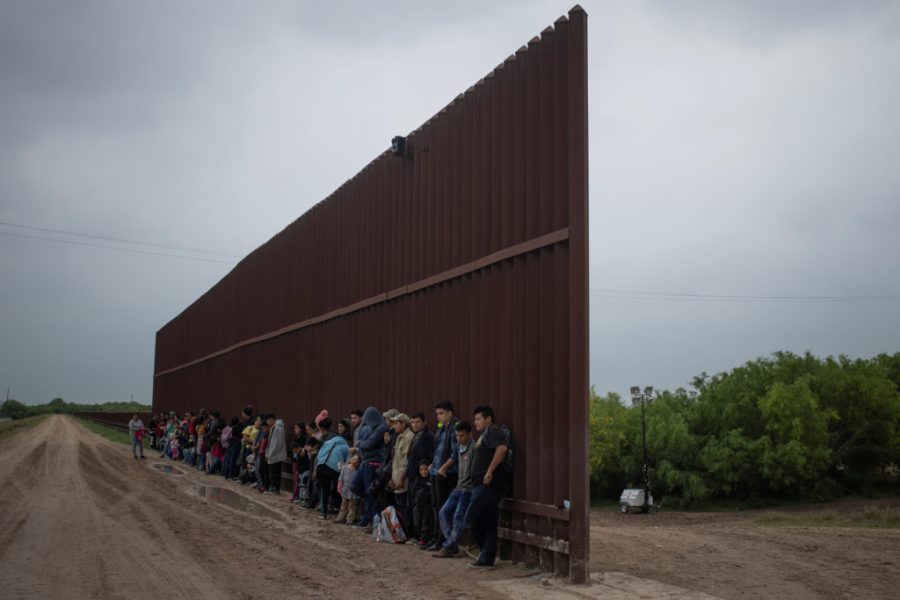The end of Title 42
The COVID-era Title 42 came to an end Thursday, May 11. Since 2020, the act has turned migrants away 2.8 million times at the border according to the U.S. Customs and Border Protection. Earlier efforts to end Title 42 by the Biden administration received pushback from Republican opposition, allowing the enforcement of the policy to extend from Trump to the present administration. The policy faced backlash from immigrant rights groups for months, citing the policy’s discrimination toward Latin American countries.
May 18, 2023
Thursday, May 11 marked the expiration of Title 42, a three-year COVID-era border policy that allowed U.S. officials to expel migrants who came to the U.S.-Mexico border. Through this development, lawmakers and the Biden administration scramble to place new restrictions on the border and worry about the predicted rush of migrants that may turn into a humanitarian crisis.
By an order from the Trump administration in 2020, Title 42 set grounds in the name of preventing the spread of COVID-19. President Herbert Hoover first used the policy in 1929 between China and the Philippines to stop the spread of meningitis. Through its adoption, U.S. border officials returned migrants over the border and denied them the ability to ask for asylum. According to U.S. Customs and Border Protection, authorities turned away migrants over 2.8 million times.
“I could understand during Covid-19 times because most countries had to put in place new policies when it came to immigration and tourism. Plus it’s hard to regulate immigration at the border but the Trump administration has been very anti-immigrant so there were definitely ulterior motives when putting this in place. And seemed targeted towards Mexicans who could no longer seek asylum in the U.S. because of this,“ magnet junior Destine Lowery said.
This policy continued into the Biden administration, in which the fight to remove the legislation transpired for months. Pushback from Republicans stood as a roadblock to ending Title 42, as they argued for the implementation to ensure border security. Attorney generals within Republican states also delayed the administration’s efforts to stop Title 42 by voting to keep the policy.
“If the most extreme Republicans continue to demagogue this issue, and reject solutions, I’m left with only one choice: To act on my own, do as much as I can on my own,” President Joe Biden said.
The policy became known for its controversy with immigrant rights groups arguing that the Trump administration used public health concerns to justify the expulsion of vast amounts of migrants. Groups also criticized the policy’s xenophobia and discrimination implemented in countries such as Venezuela. Public health experts slammed the use of the policy as a public health measure as it stood as a mask to seal off the border.
Through the policy expiration, officials warned about the increased number of migrants traveling to the border. The Biden Administration has placed new policies with strict implications on border crossings. By not allowing the return of migrants for five years, the consequences of illegally crossing the border became firmer, and migrants may face criminal charges if caught. New rules regarding asylum also changed: officials now turn away migrants who did not first seek asylum in their own countries or who failed to apply online.







